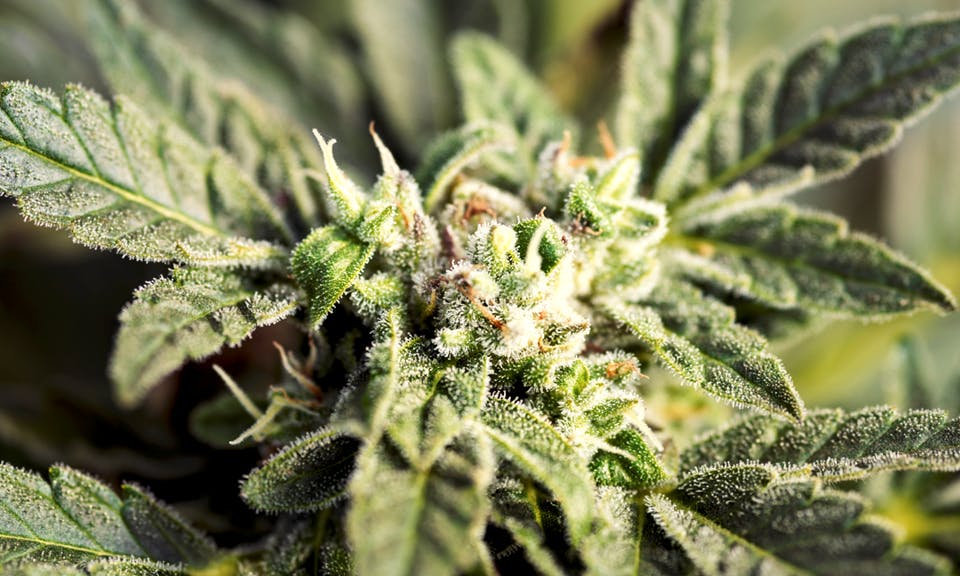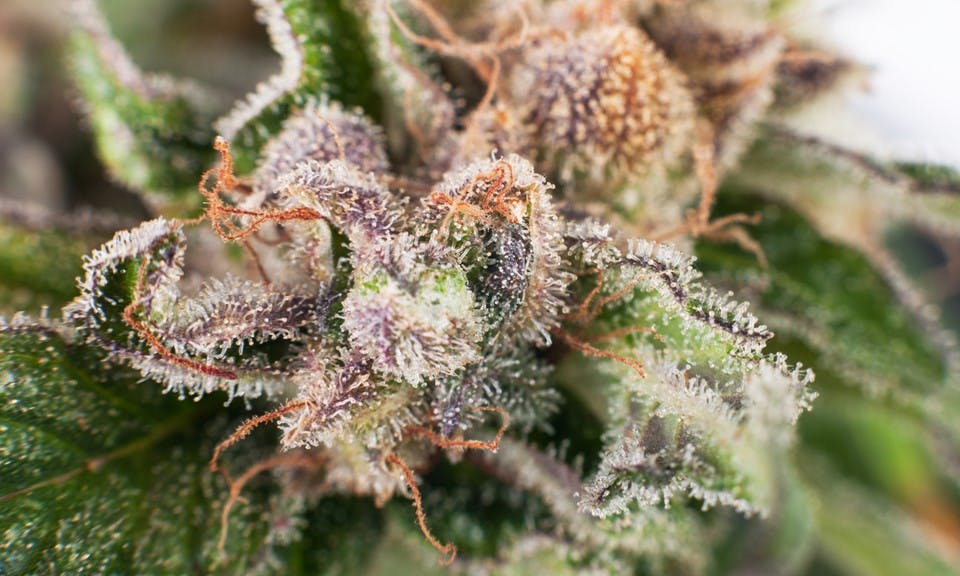Terpenes represent the aromatic building blocks of our natural world. They exist in virtually any plant that contains a fragrance, which also happens to include cannabis. It would seem natural that the pursuit of preserving the terpenes that exist within our favorite plant profiles would also translate into the cannabis extract industry. After all, cannabis has been known to carry over a hundred known terpenes that are largely responsible for creating our favorite strain flavor profiles.
Fortunately for the cannabis industry, terpene extraction is not only a reality but the next new craze in cannabis compound isolation. With a little borrowed R&D from the fragrance industry as well as the hard work and dedication of some of the cannabis industry’s finest minds, the technology and methodology responsible for terpene isolation has become both available and widely accessible to extractors within the last few years, paving the way for a whole new world of new products and applications
Let’s take the cannabis strain Sour Diesel for example. Among the physical properties of the flower itself that help to distinguish this strain from others (color, shape, density, etc.), a consumer will identify Sour Diesel by its largely terpene-comprised complex aromatic profile. This bouquet of fragrances, which consists of robust notes of gasoline, earthiness, and limes, exists due to a combination of terpenes that were synthesized at various ratios within the plant. These include not only the more prominent terpenes such as β-myrcene, β-caryophyllene, and d-limonene, but a myriad of other lesser-known and equally less prevalent lighter terpenes as well.
Together, this exact combination of terpene ratios comprises the smell we know to be Sour Diesel. In order to recreate or reimagine this complex aroma into an isolated profile that’s the same as an essential oil fragrance or perfume, extractors must resort to process known as terpene isolation.
The First Terpene Extractors
Terpene extraction is nothing new to the fragrance world. In fact, much of what we know about terpene isolation is borrowed from this well-established industry. Kenneth Morrow, from Trichome Technologies, first attempted this practice on cannabis. He is among the elite club of innovators largely responsible for bringing cannabis-derived terpene isolation into the spotlight.
A prolific cannabis advocate and educator, Morrow’s work in cannabis research resonates in every facet of the existing industry. He claims to have stumbled upon terpene isolation while attempting to extract essential oils from large quantities of cannabis flowers using an Across International system (which supplies laboratory equipment for heat treatment and material processing). During this process, he realized that he was actually trapping terpenes and contaminating the pump oil within his system. After a bit of R&D, Morrow was able to build an attachment to capture this solution before it reached the pump oil, and he later winterized it to isolate just the terpenes. His mistake-turned-innovation would eventually develop into the foundation for today’s cannabis-derived terpene isolation movement.
Aside from Morrow, Tony Verzura of Blue River Extracts, a company specializing in terpene isolation, is another big player in the terpene isolation game. He is responsible for developing the modified vapor vacuum distillation system that is capable of extracting terpenes at considerably lower temperatures than previously practiced by using only nitrogen, oxygen, and reverse osmosis (or RO) water. Processing in the cannabis industry since 1996, Verzura and his company have revolutionized the cannabis isolation process by being the first company to ever produce a cannabis-derived plant profile extract, completely void of cannabinoids.
Ways to Isolate and Extract Terpenes From Cannabis
The process and technology involved in terpene isolation is rather rudimentary insofar as the essential components are concerned. Furthermore, there is more than one way to isolate and extract terpenes from cannabis, each method containing its individual pros and cons. Take, for instance, steam distillation. Although this process is effective at isolating terpenes, the existence of heat and oxygen in the process can compromise the final product and alter its profile.
Other methods, such as cold trapping, utilize vacuum pumps to bring the initial heat down and preserve the volatile compounds that would have otherwise gassed off in the process. With a little nitrogen gas and distilled water, this process is relatively simple and straightforward at safely distilling the essential oil from the cannabis plant.
The basic premise in a distillation run is to begin by passing steam through cannabis, trapping the essential oils as they gas off at their unique boiling points into a vapor, and then re-condensing them individually into a separate flask to be collected and cleaned one last time. When done correctly, and with the use of a vacuum pump, temperatures can stay low enough to avoid compromising any bioactive compounds. Again, there are several ways to isolate terpenes from cannabis, some containing proprietary and even patented systems. Nevertheless, the technology and methodology exists on the open market for any enthusiast to experiment with.
Terpene-Based Products
Today, several companies, including Blue River Terpenes, Evolab, and The Werc Shop, are all innovating in this exciting new field. Among the products offered by these innovators in cannabis-derived terpenes are two basic categories of extracts. The first is the single compound isolate containing an individual terpene concentration. In this case, terpenes prevalent in cannabis such as limonene or pinene are offered individually. Products such as these have many utilities, including the ability to be diffused into the air just as you would any other essential oil, or infused into fragrant topicals or candles.
On the other hand, companies are also attempting to reimagine whole plant profiles by combining isolated terpenes into carefully designed ratios that imitate the profile of the strain itself. The goal is to translate the essence of a strain profile into an isolated product, allowing for endless possibilities involving infusions and reintegrations of flavor into both edible and hash oil products. It’s worth noting that this process is far from being perfected as the recreation of an exact strain profile would require precisely combining all of the aromatic bioactive compounds contained within a strain. Due the fact that terpenes are still vastly under-researched, there is no way of achieving this in our current model of legalization. Nevertheless, cannabis-derived plant profile inspirations are available on the market and have done an amazing job of offering fragrances that closely resemble their whole plant counterparts.
There is a bright future ahead for cannabis-derived isolated terpenes. As the laws prohibiting further research into cannabis extractions lift and we learn more about the exciting world of terpenes, the possibility of creating a product that represents the precise aromatic profile of a cannabis strain moves even closer towards realization. If you simply can’t wait until that day comes, rest assured; there are plenty of cannabis-derived isolated terpene products available on the market today for your enjoyment.






